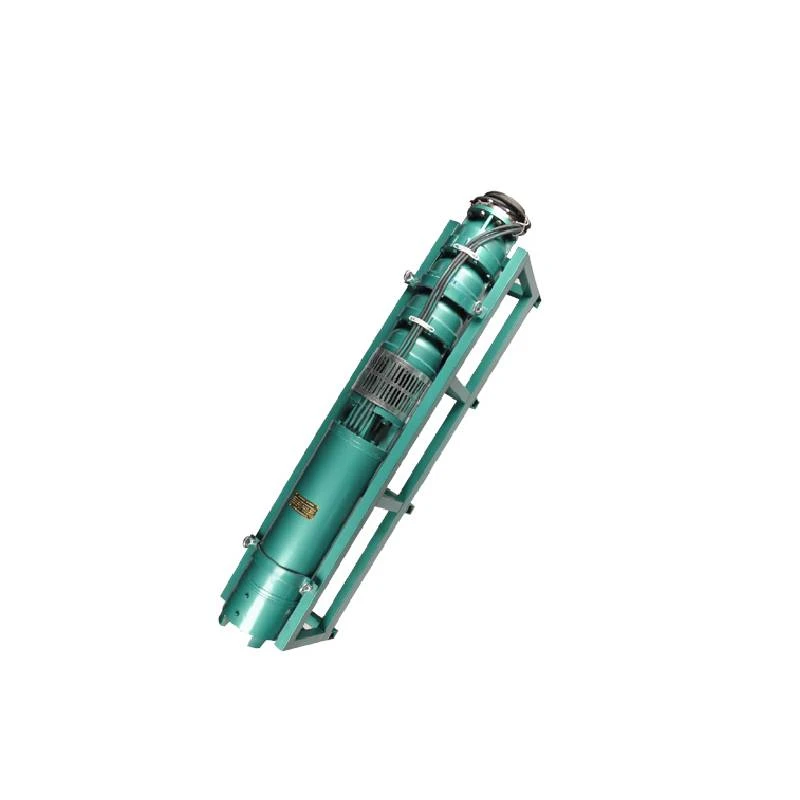Nov . 19, 2024 08:43 Back to list
Choosing the Right Submersible Pump for Your Basement Flooding Needs
Submersible Pumps for Basements A Comprehensive Guide
Basements are often prone to flooding and water accumulation, especially in areas with heavy rainfall or high water tables. To combat these issues, homeowners frequently turn to submersible pumps as an effective solution. These pumps are designed to be submerged in water, providing a powerful means of removing excess water and protecting the basement from damage.
What is a Submersible Pump?
A submersible pump is a type of pump that is fully submerged in the fluid it is intended to move. This design allows the pump to work efficiently while reducing the risk of air locking, which can occur in traditional above-ground pumps. Submersible pumps are commonly used in sump pits, which are often installed in basements to collect and remove groundwater.
How Do Submersible Pumps Work?
When water accumulates in the sump pit, the submersible pump automatically activates, pumping water out through a discharge pipe. The operation of these pumps is typically governed by a float switch, which detects the water level. Once the water rises to a certain point, the float switch signals the pump to turn on, efficiently removing the water and preventing flooding.
Types of Submersible Pumps
There are several types of submersible pumps available, each designed for specific tasks
. The most common types includesubmersible pump for basement

1. Sump Pumps These are specifically designed to remove water from basements and prevent flooding. 2. Effluent Pumps Used for transferring wastewater and effluent from septic systems. 3. Drainage Pumps Ideal for draining water from construction sites or flooded areas.
Benefits of Using Submersible Pumps
One of the primary advantages of using submersible pumps is their ability to handle high volumes of water efficiently. Additionally, the submerged nature of the pump helps to reduce noise, making them quieter than traditional pumps. Many models are also designed with durable materials that can resist corrosion, ensuring a longer lifespan.
Considerations When Choosing a Submersible Pump
When selecting a submersible pump, it is vital to consider factors such as the pump’s capacity, the height it needs to pump water (known as head height), and the type of water it will be dealing with. For instance, if your basement is prone to heavy flooding, you will need a pump with a higher flow rate and robust construction.
Conclusion
In summary, submersible pumps offer an effective solution for managing water accumulation in basements. They are designed to work quietly and efficiently, providing homeowners with peace of mind during heavy rains. By understanding the different types available and the features to look for, you can choose the right submersible pump to protect your basement from water damage and ensure a dry, safe environment. Regular maintenance will also extend the life of your pump, making it a worthwhile investment for any homeowner facing flooding concerns.
-
Submersible Water Pump: The Efficient 'Power Pioneer' of the Underwater World
NewsJul.01,2025
-
Submersible Pond Pump: The Hidden Guardian of Water Landscape Ecology
NewsJul.01,2025
-
Stainless Well Pump: A Reliable and Durable Pumping Main Force
NewsJul.01,2025
-
Stainless Steel Submersible Pump: An Efficient and Versatile Tool for Underwater Operations
NewsJul.01,2025
-
Deep Well Submersible Pump: An Efficient 'Sucker' of Groundwater Sources
NewsJul.01,2025
-
Deep Water Well Pump: An Efficient 'Sucker' of Groundwater Sources
NewsJul.01,2025
-
 Submersible Water Pump: The Efficient 'Power Pioneer' of the Underwater WorldIn the field of hydraulic equipment, the Submersible Water Pump has become the core equipment for underwater operations and water resource transportation due to its unique design and excellent performance.Detail
Submersible Water Pump: The Efficient 'Power Pioneer' of the Underwater WorldIn the field of hydraulic equipment, the Submersible Water Pump has become the core equipment for underwater operations and water resource transportation due to its unique design and excellent performance.Detail -
 Submersible Pond Pump: The Hidden Guardian of Water Landscape EcologyIn courtyard landscapes, ecological ponds, and even small-scale water conservancy projects, there is a silent yet indispensable equipment - the Submersible Pond Pump.Detail
Submersible Pond Pump: The Hidden Guardian of Water Landscape EcologyIn courtyard landscapes, ecological ponds, and even small-scale water conservancy projects, there is a silent yet indispensable equipment - the Submersible Pond Pump.Detail -
 Stainless Well Pump: A Reliable and Durable Pumping Main ForceIn the field of water resource transportation, Stainless Well Pump has become the core equipment for various pumping scenarios with its excellent performance and reliable quality.Detail
Stainless Well Pump: A Reliable and Durable Pumping Main ForceIn the field of water resource transportation, Stainless Well Pump has become the core equipment for various pumping scenarios with its excellent performance and reliable quality.Detail
